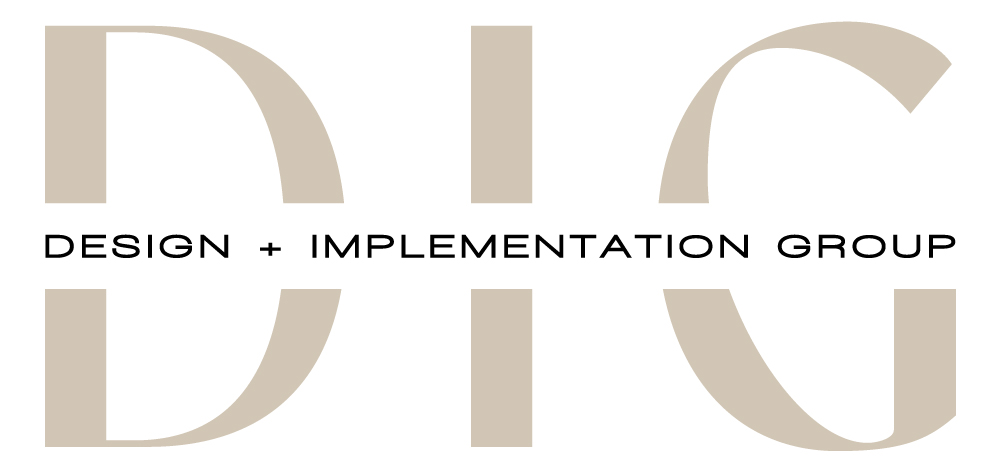The traditional classroom model is evolving rapidly. Educators and administrators are increasingly recognizing that the physical environment plays a critical role in student engagement, creativity, collaboration, and overall academic success. For business owners and executives in the education sector, investing in strategic interior design is an opportunity to create learning environments that are dynamic, flexible, and truly supportive of 21st-century pedagogy.
This article explores how thoughtful interior design can transform educational spaces, from K-12 schools to higher education and corporate training facilities, to enhance student engagement and improve learning outcomes.
The Impact of Environment on Learning
Research in educational psychology and environmental design demonstrates a clear link between the physical space and the learning process. Factors like lighting, acoustics, color, furniture arrangement, and access to natural elements can influence:
- Attention and Focus: Well-designed spaces can minimize distractions and create zones conducive to concentration.
- Collaboration and Communication: Flexible layouts and furniture support group work and interaction.
- Creativity and Critical Thinking: Stimulating and adaptable environments encourage innovative thinking.
- Well-being and Comfort: Comfortable, safe, and aesthetically pleasing spaces reduce stress and improve attendance.
- Engagement and Motivation: Environments that feel relevant and inspiring can boost student interest and participation.
Key Design Principles for Modern Educational Spaces
Designing for next-generation learning involves several key principles:
- Flexibility and Adaptability: Spaces should easily transform to support various teaching modalities – lectures, group work, individual study, presentations. Modular furniture, movable walls, and accessible technology are key.
- Technology Integration: Seamlessly incorporating technology – interactive displays, charging stations, robust Wi-Fi – is essential for modern learning.
- Acoustics: Managing sound is crucial for focus and clear communication. Using sound-absorbing materials in ceilings, walls, and flooring helps reduce noise distractions.
- Lighting: A mix of natural and artificial light is ideal. Dimmable lights, task lighting, and maximizing natural light contribute to a comfortable and stimulating environment.
- Color Psychology: Colors can influence mood and energy levels. Using calming colors in study areas and more vibrant colors in collaborative or creative zones can support different activities. Understanding the impact of colors and textures is beneficial.
- Comfort and Ergonomics: Furniture should be comfortable, size-appropriate, and support good posture for students of all ages.
- Access to Nature (Biophilia): Incorporating natural elements like indoor plants, natural materials (like wood), and views of the outdoors can reduce stress and improve cognitive function.
- Creating Different Zones: Design distinct areas for different activities – quiet zones for individual work, collaborative areas for group projects, presentation spaces, and informal gathering spots. Effective space planning is fundamental to this.
Case Studies in Educational Design
Successful educational design projects demonstrate the power of these principles in action. While specific case studies might highlight different aspects, projects like the Long Island High School Project illustrate how thoughtful design can create inspiring and functional learning environments.
Investing in the interior design of educational spaces is an investment in the future success of students. By creating environments that are flexible, stimulating, and supportive, institutions can enhance engagement, improve outcomes, and prepare students for a dynamic world.
Ready to explore how strategic interior design can enhance your educational facility? Learn more about our comprehensive Interior Design Services and how we can help you create next-generation learning environments.





